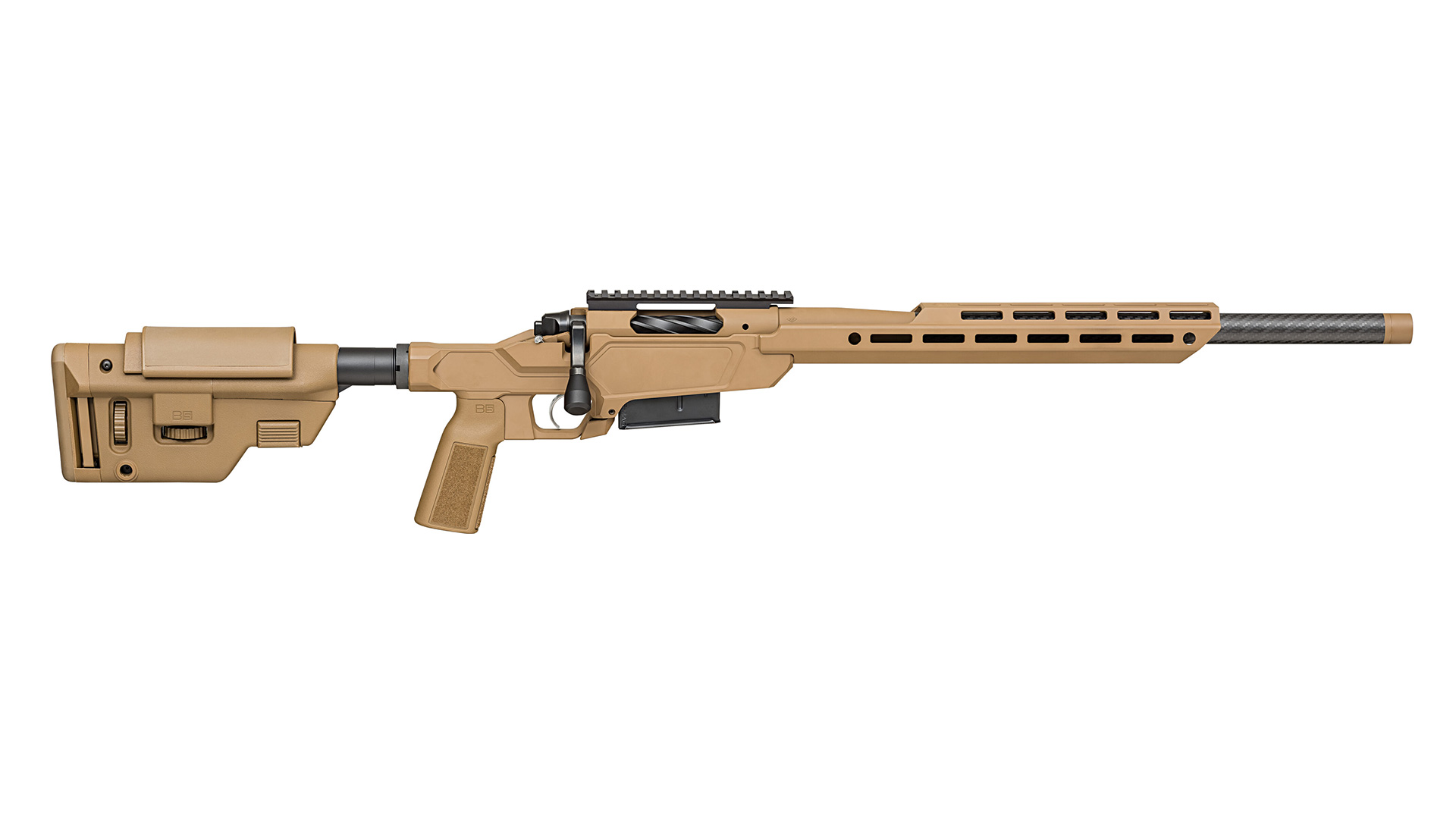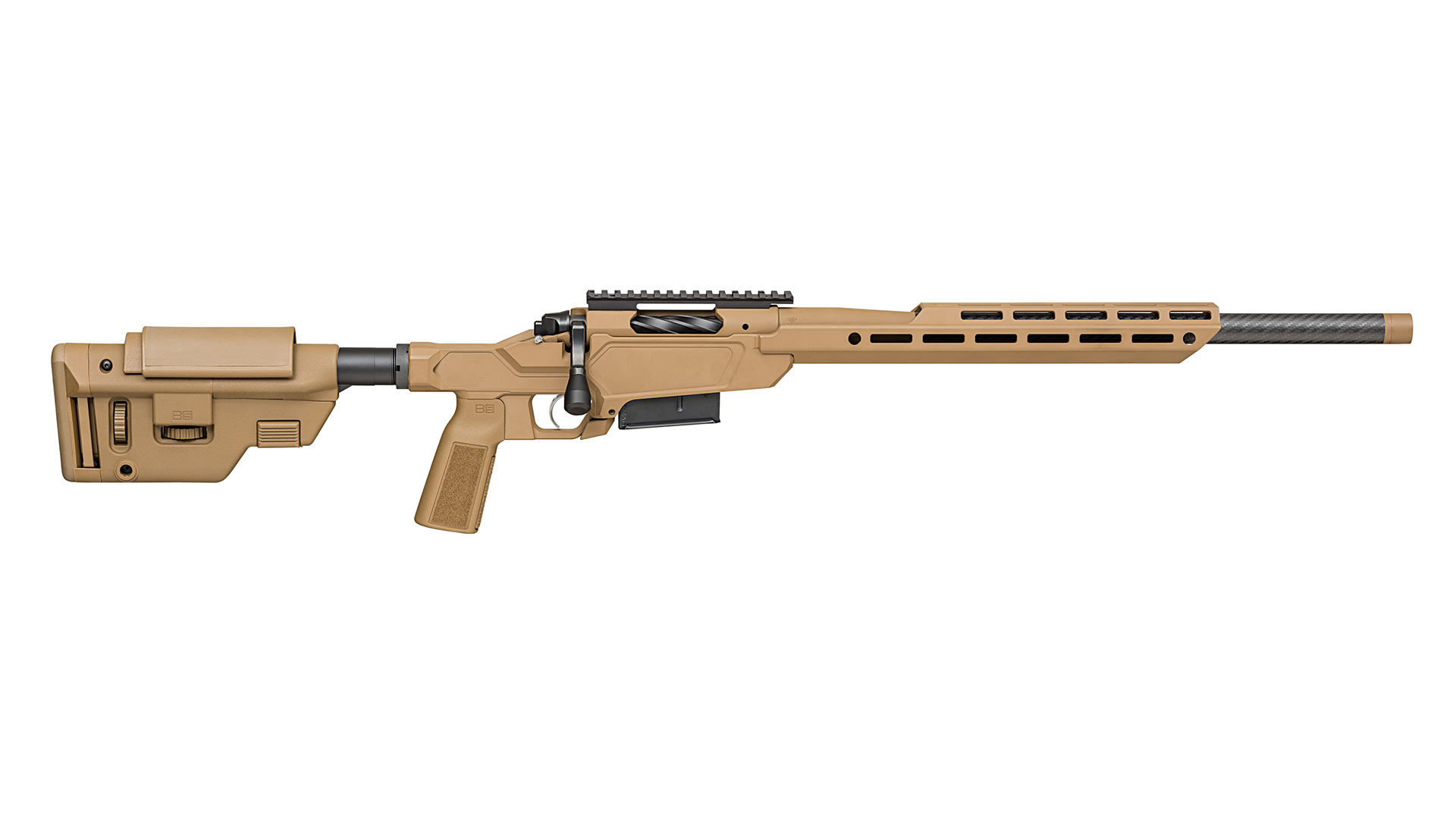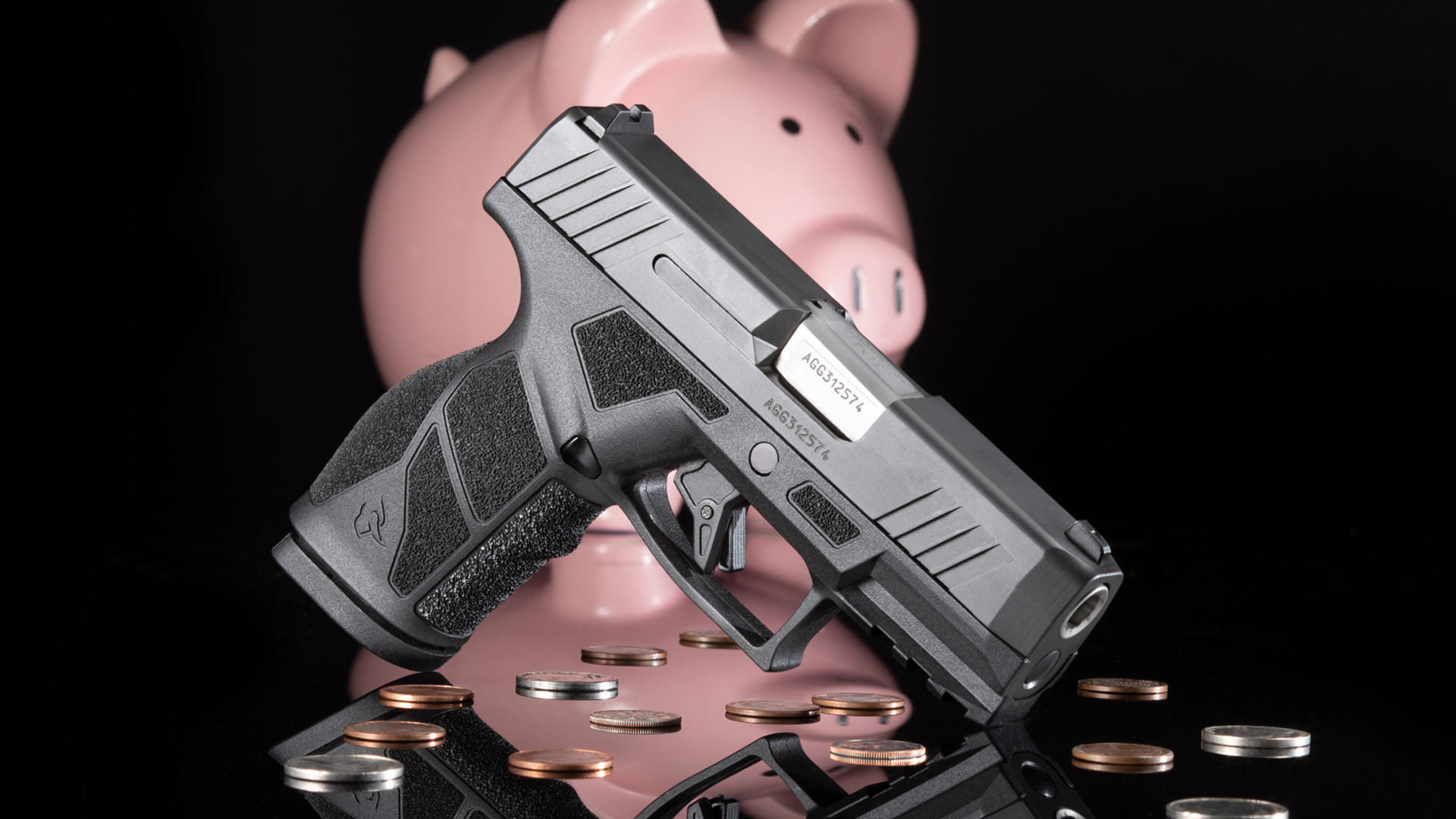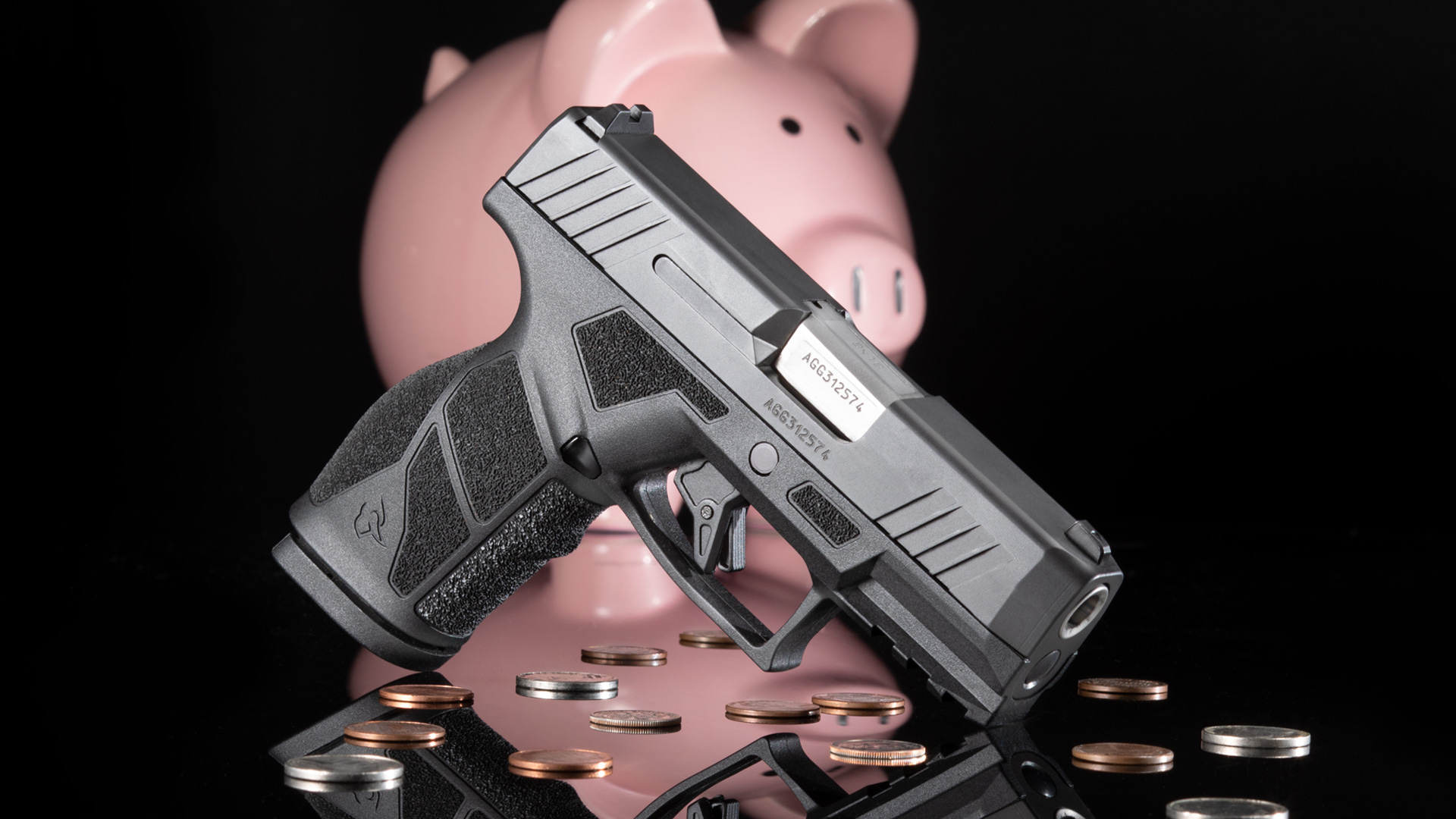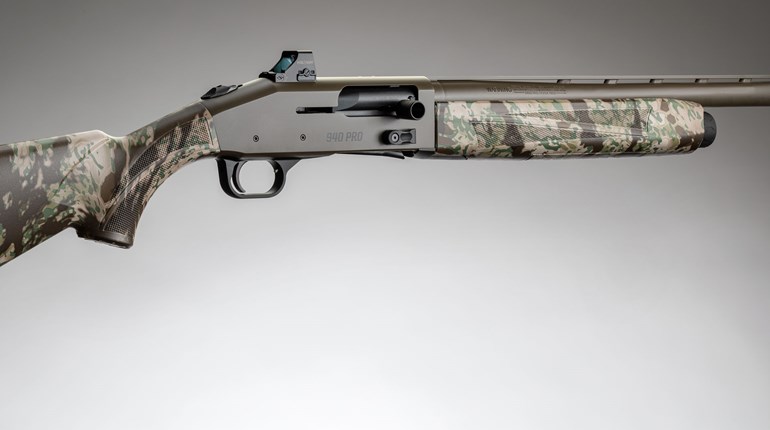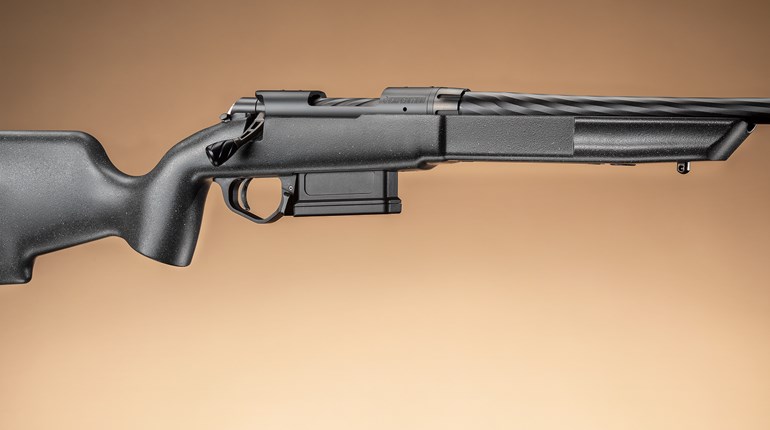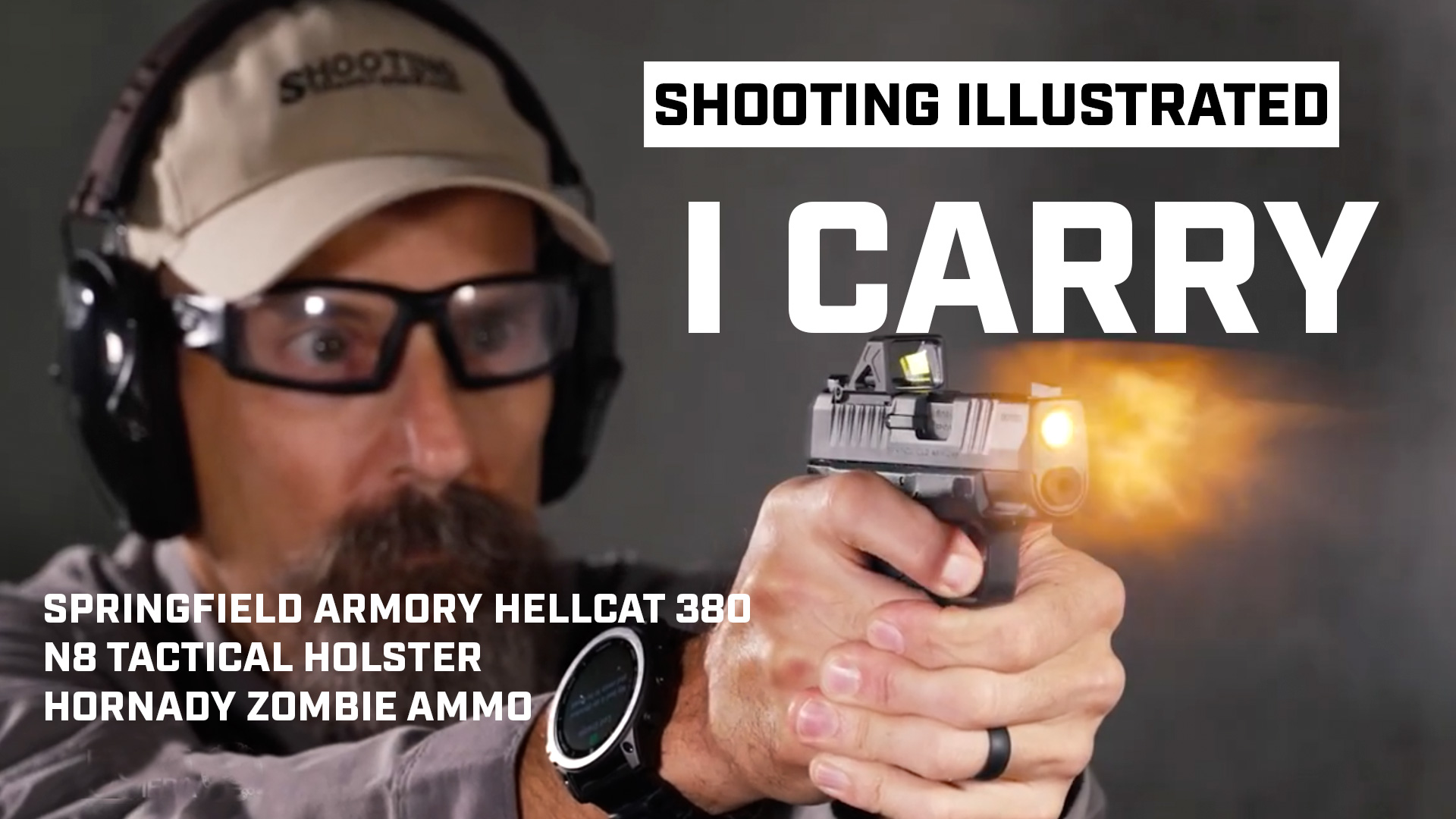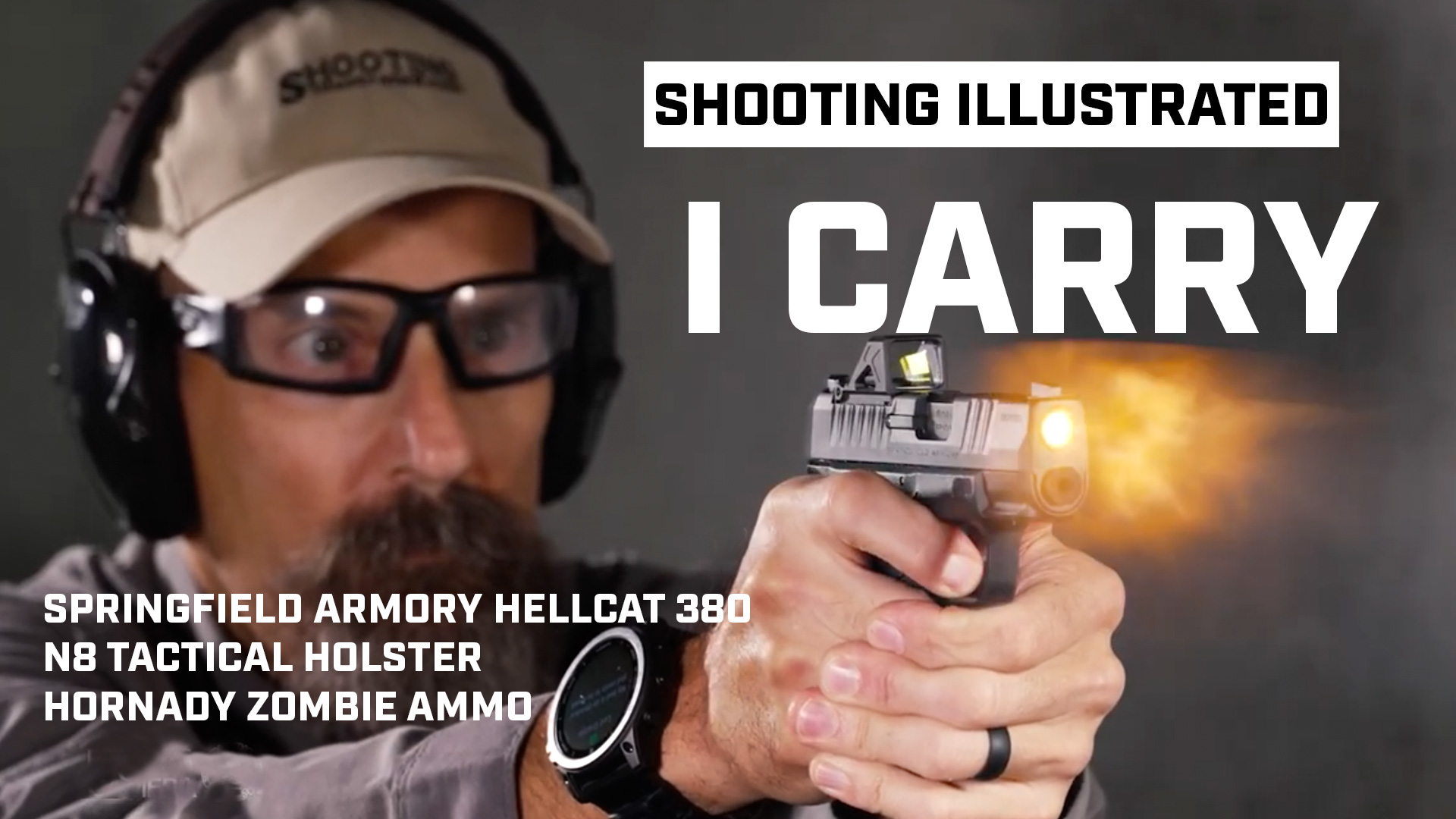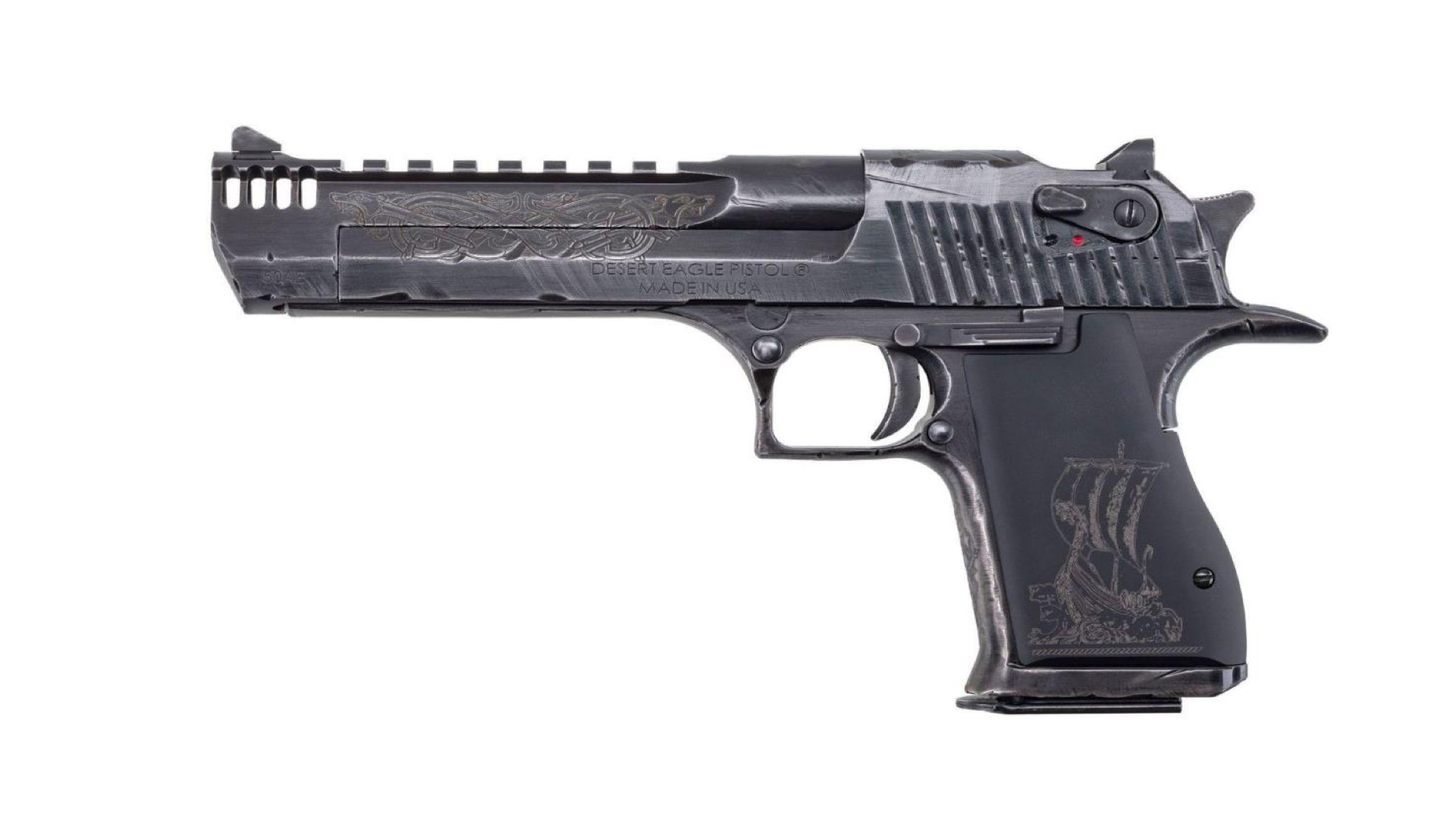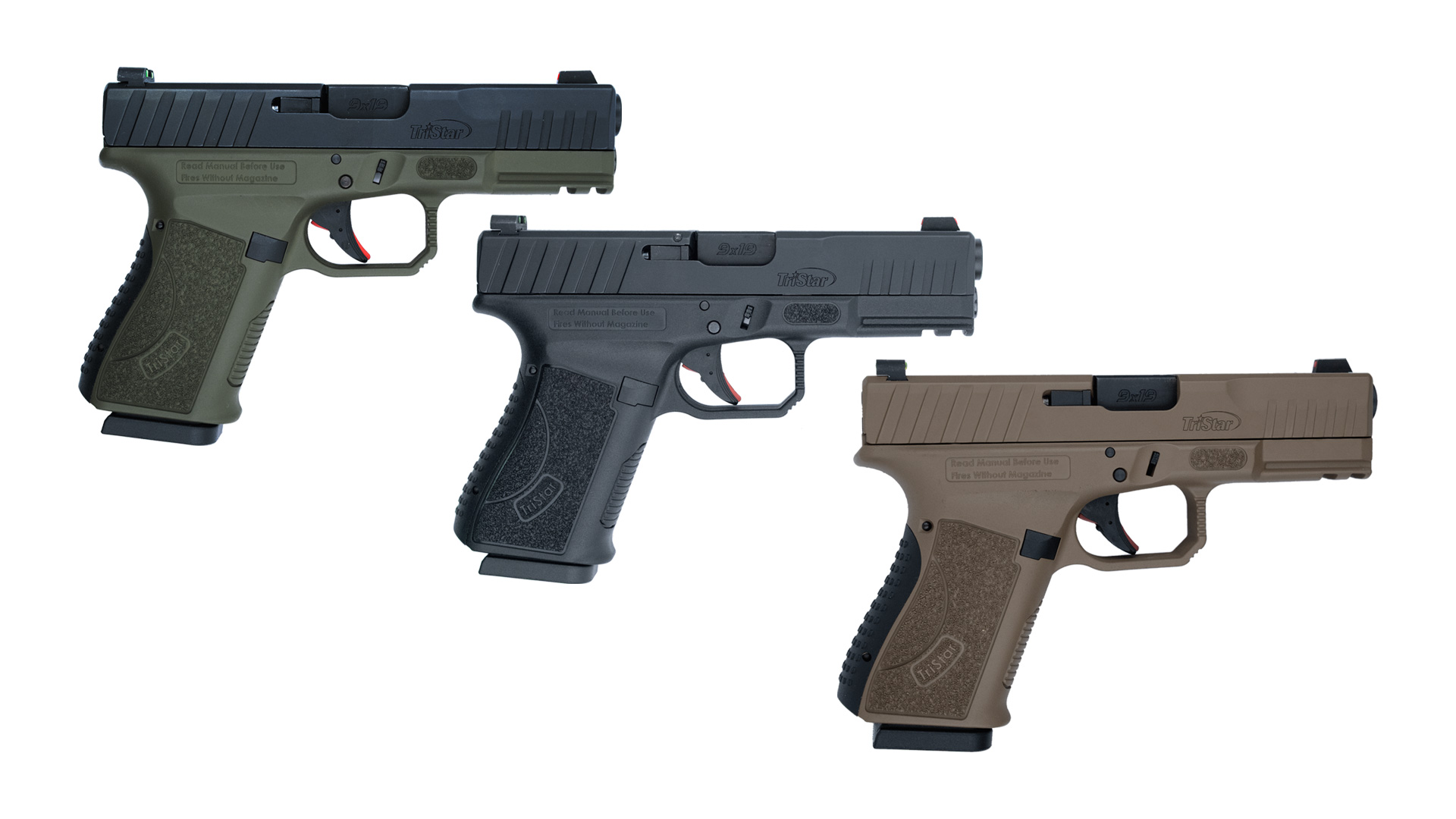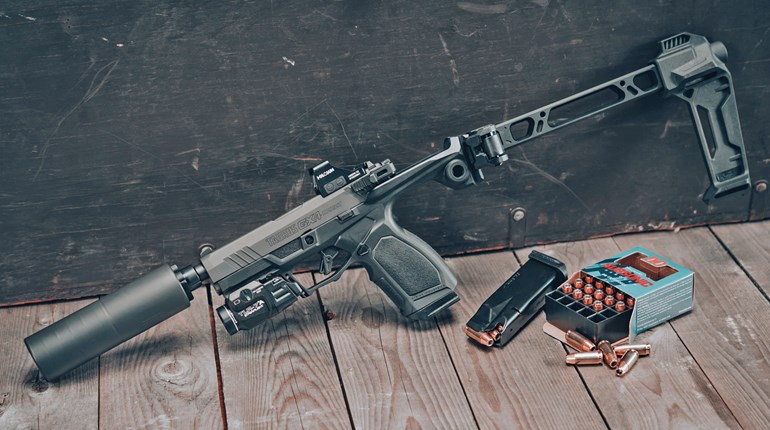
Giving the best blend of speed and accuracy, in the author’s opinion, the XS Sights’ DXT Big Dot shotgun sight offers express-style aiming with precision capabilities.
Ask for opinions on the best sights for a shotgun and you’ll get answers ranging from “laser beam” to “slick barrel.” Generally, the sights, or lack thereof, preferred by a shotgunner depend on two things: the shooter’s style and the anticipated scenario. Does the shooter primarily need to be fast, accurate or both? What follows is a breakdown of various sight options and their strengths and weaknesses, followed by my opinion of the best all-around choice.
Envision shotgun-sight styles on a spectrum. On one end, you’ve got magnified scopes, red-dot sights and then ghost rings that are great for precision aiming at distance, primarily for slugs. These sights are adjustable and can be zeroed for a specific load at a specific range. But, they are relatively slow in acquiring the sight picture, cumbersome and tend to block peripheral vision, therefore they are not great for fast shooting of multiple, close-range targets. In essence, they morph the shotgun into a rifle, which is great if you need the shotgun to perform rifle-like duties.
When used with both eyes open, red-dot sights can offer a level of precision and speed, but they also come with other potential problems such as: limited battery life, glare problems in bright light, potential for breakage and the requirement for the shooter to lift the head off the stock, exacerbating felt recoil and impeding fast follow-up shots.
Somewhere in the middle of the spectrum are bead-and-notch style sights like those commonly found on iron-sighted rifles. They’re accurate with slugs and fairly fast in acquisition, plus the top of the sight picture remains open so the shooter can see and anticipate new targets even while aiming at another. But, they are often tall and can prevent the shooter from getting a good cheek weld. Also, they tend not to be as fast as others.

Next are the shallow V-and-dot-style “express” sights that are quite popular with African dangerous-game hunters due to this sight system’s balance of good accuracy downrange and rapid acquisition on close and/or fast-moving critters, even in low light. Typically, the front bead is oversize and painted white so the eye can quickly find and superimpose it on a target, even while focused on the target. For precision work, it can be used just like a notch-and-V rifle sight.
Farther toward the speed/intuitive end of the spectrum is a dual-bead sight found on many hunting shotguns. It features a larger brass-bead front sight and a smaller brass stud midway along the barrel. This system allows wingshooters to have a clear muzzle reference for intuitive shooting, but it also gives a rear-sight reference for lining up the two beads if it is necessary to take a more precise, aimed shot.
For years a simple, front-bead sight has been the standard for hunting and defensive shotguns. It’s super-fast as there’s nothing to line up. It depends on the shooter’s head and cheek being placed consistently and firmly on the buttstock to serve as the sight reference and therefore requires proper shooting form. But, while the front bead sight is fast, it is lacking in precision at ranges exceeding about 25 yards.
Finally there is a sightless system employed by some master wingshooters, but it’s too inconsistent when used under pressure.
For the majority of home defenders, we can rule out the extremes on both ends, so we’ll eliminate hunting-style magnified scopes and sightless guns. Now, each home defender must consider his or her anticipated scenario for using the shotgun as well as their style of shooting.
Unless you’re defending a gymnasium or warehouse, or anticipate a scenario full of innocent people where precision is non-negotiable, most shotgun owners can rule out slugs for home defense and the sights best suited for them. For me, this means ruling out red-dot sights—especially when their potential problems are factored into the equation.
For years a simple, front-bead sight has been the standard for hunting and defensive shotguns. It’s super-fast as there’s nothing to line up.
For people who are rifle/carbine shooters with little experience shooting a shotgun intuitively as lifelong hunters and target shooters do, a ghost-ring system may be best. In addition to being adjustable, incredibly precise and surprisingly fast, they also make the shooter keep their head down on the stock when shooting, thereby minimizing the potential for missing due to errors in form that often occur while shooting under stress.
Plenty of experienced tactical shotgunners who anticipate using buckshot more than slugs find a single brass bead (it can be painted white) the simplest and best system. It’s fast and accurate enough at home-defense distances, plus there’s little to snag or go wrong. Assuming your form is good, simply paste the bead on a target and pull the trigger. However, if you choose a front-bead only, there’s really no downside to stepping up one level in precision with the addition of a mid-bead. It’s so small it will be overlooked when shooting fast, but if a more precise shot is needed, it’s there to use.
Of all the shotgun sight options, I feel one is best suited for the widest range of defensive-shotgun scenarios, and that is the express-style system. It’s fast and intuitive for close-range and moving targets. Unless you consciously look for the rear “V,” you’ll never even notice it, so it won’t impair peripheral vision. Yet subconsciously, the eye will align the big front dot in the shallow “V,” so an accurate sight picture is acquired without even thinking about it. For close shots, simply keep both eyes open and past the bead on a target and pull the trigger. For longer shots or slugs, the bead and “V” can be used like a traditional rifle sight. Plenty of express-style rear sights are adjustable for windage; for elevation, simply experiment with drawing a fine or coarse “lollipop” bead and remember it. The system is robust, durable, fast, accurate and intuitive. Therefore, I’m convinced it’s the best system available for most shooters in most defensive-shotgun scenarios. The express-style sight found on Remington’s Versa Max Competition shotgun is a great example.
However, there’s a reason more shotguns do not come with express sights from the factory, and that’s because the gun’s rib must be altered—an expensive step. XS Sights of Ft. Worth, TX, makes the best aftermarket express-style sights available. Its DXT Big Dot Shotgun Sight features a white front bead with a tritium center and a shallow “V” rear with a tritium alignment post. It requires some gunsmithing to install, but once it’s on, it’s the ultimate shotgun sight; a great balance between speed and precision for
all types of shooters.




